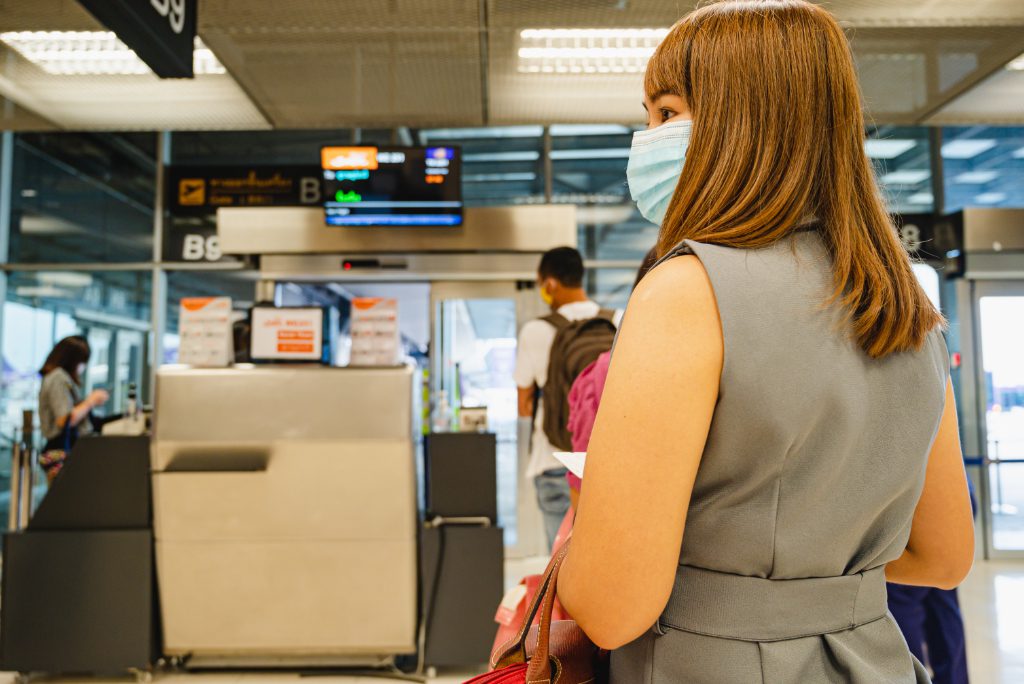Airports Push for New Contactless Tech and Automation as Budgets Shrink

Skift Take
The airport sector needs to invest in contactless tech and automation through the challenges. A recent product contest with vendors and a new accreditation program may help airports make progress.
As airports become resigned to more months of depressed demand, they balance competing impulses. Many want to invest in technology to spur demand. But they face shrunken budgets alongside swollen costs for masks, health screening, and extra cleaning.
To help airports spend wisely, the sector last week launched the Airport Health Accreditation program. The effort aims to harmonize global protocols and ensure measurable progress by airports for the health and welfare of travelers and staff. On Monday, the United Nations' aviation agency International Civil Aviation Organisation (ICAO) threw its support behind the accreditation program.
Some airports are prioritizing or ring-fencing tech spending to automate the compliance with health guidelines.
"The pandemic forces a review of priorities to ensure available funds were being spent on what's needed most right now," said Ian Law, chief information officer of San Francisco International airport (SFO).
"SFO chose to defer some more routine planned expenditures, like upgrading some applications, in favor of concepts that have a more immediate need," Law said. "Also, there are new concepts that need evaluation now, like tech for temperature screening and virtual queueing."
Executives prefer tech that will lay the groundwork for an eventual rebound in passenger traffic.
"I'm expecting to see an advance in the expenditure on certain technology as a way to bring the passengers back and improve long-term costs by reducing capex [capital expenditure]," said Luis Felipe de Oliveira, direc

